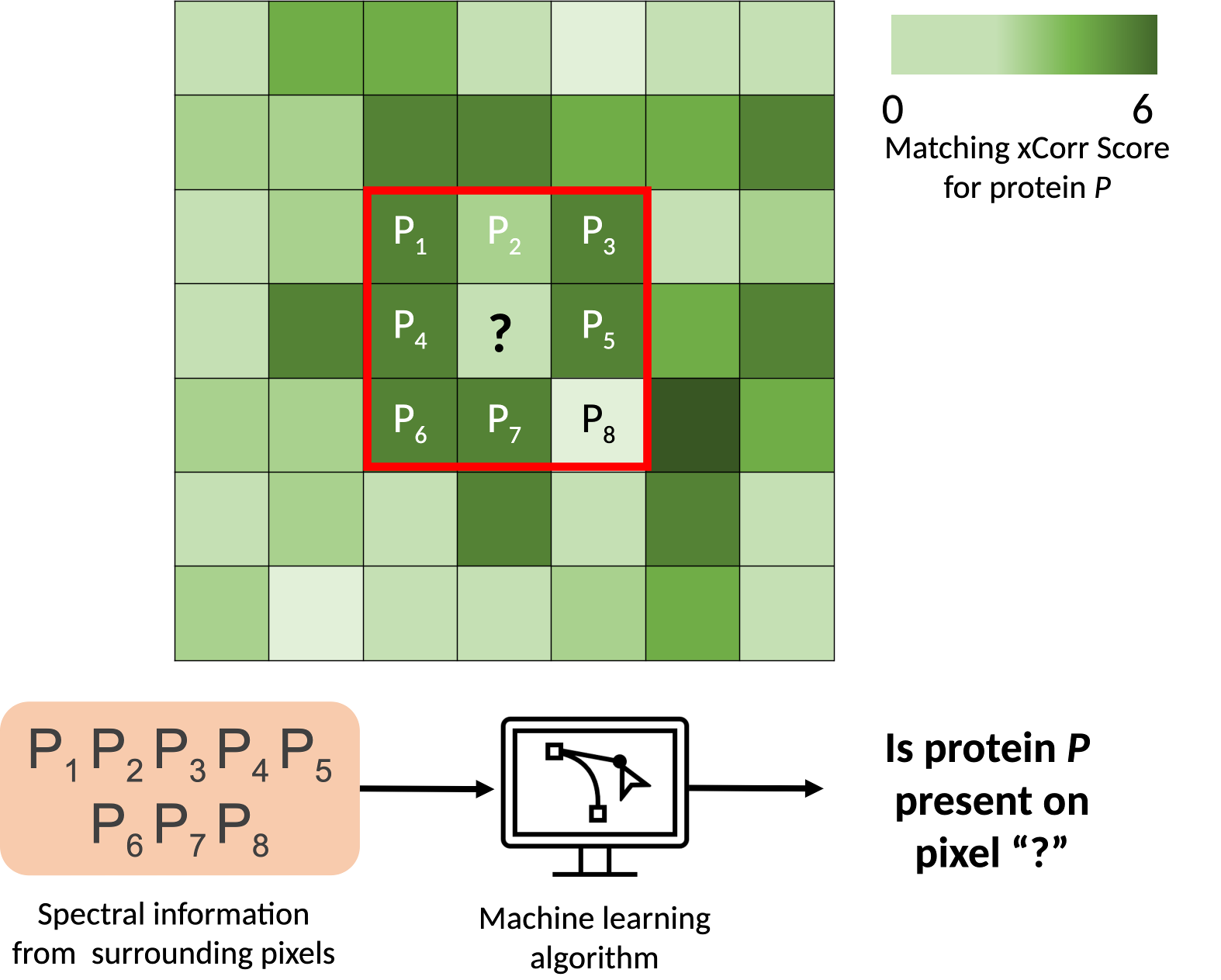Recent Publications
A Deep Learning Approach to Predict Bleeding Risk Over Time in Patients on Extended Anticoagulation Therapy
Soroush Shahryari Fard, Theodore J. Perkins, Philip S. Wells
Journal of Thrombosis and Haemostasis
code

The conventional clinical models predict bleeding in patients on anticoagulation therapy based on a one-time baseline measurement. Herein, we demonstrate the benefit of using time series follow-up information to improve bleeding prediction and introduce an ensemble of LSTM RNN and feedforward neural network that can use both the baseline and follow-up information to predict bleeding with AUROC of 82%, which is 14% higher than the currently-used best performing clinical model.
Machine learning analysis of bleeding status in venous thromboembolism patients
Soroush Shahryari Fard, Theodore J. Perkins, Philip S. Wells
Research and Practice in Thrombosis and Haemostasis
code

The performance of the clinical models used to predict bleeding in patients on anticoagulants with Venous Thromboembolism has stayed at around 70% as measured with the area under the ROC curve. In this paper, we explored the baseline information of 2542 patients using unsupervised dimensionality reduction and clustering algorithms and demonstrated a high degree of similarity between their baseline datasets. Furthermore, we observed no benefits in using supervised machine learning algorithms to predict bleeding risk compared to the conventional clinical models.
Master's Thesis
Improving Protein Identification In Mass Spectrometry Imaging Using Machine Learning and Spatial Spectral Information.
Soroush Shahryari Fard
code

Mass Spectrometry Imaging (MSI) captures the spatial localization of the peptides and proteins on a tissue. The data obtained from MSI are analyzed using the algorithms designed for the standard tandem mass spectrometry-based proteomics; therefore, the spatial information obtained by MSI are not being used to improve protein identifications. In this thesis, we present spatially-aware protein identification algorithm for mass spectrometry imaging (SAPID-MSI) which was able to identify on average 20% more proteins at a <1% false discovery rate compared to the benchmarked algorithms.
